HS 1st Year | Education | Question Paper | 2018 | 2019 | AHSEC |
In this title, You will get to know about Assam Higher Secondary Education Council education Question Paper:
- HS 1st Year Education Question Paper 2018.
- Class -11 HS 1st Year Education Question Paper 2019.
HS 1st Year Education Question Paper 2018.
EDUCATION
Full marks: 100
Time: 3 hours
The figures in the margin indicate full marks for the questions.
1. Give appropriate answer as directed : 1x 12 = 12
(a) “Education is the natural, harmonious and progressive development of man’s innate powers.” Who said this ?
(b) Hero worshiping is the characteristics of ____________ period. (Fill in the blank).
(c) Write the full form of DIET.
(d) Who invented computer ?
(e) What is the IQ of a normal or average child ?
(f) The SCERT, Assam was set up in 1985. (Write true or false).
(g) What is instinct ?
(h) Which Article of the Indian Constitution prohibited religious instruction in any educational institution wholly maintained out of the state fund ?
(i) Delinquency is a problem of ____________ period. (Fill in the blank).
(j) Who invited Education Conference at Shimla in 1901 ?
(k) Write the full form of UGC.
(l) According to McDougall, which emotion is related to the instinct of combat ?
2. Answer the following questions : 2 x 12= 24
(a) What do you mean by ‘Monitorial System ?
(b) Mention two psycho-physical needs of infancy.
(c) Write two educational provision for childhood.
(d) Write two defects of present curriculum.
(e) Write two major functions of cerebellum.
(f) Mention two differences between sensation and perception.
(g) What is illusion ?
(h) Write two differences between instinct and emotion.
(i) Mention two methods or means of modification of instinct.
(j) Mention two major recommendations of the Hunter Commission of 1882.
(k) What is ‘Xatra’ ?
(l) Write two major causes of Anglicists-Classicists Controversy.
3. Answer the following questions : 4 x 10 =40
(a) Briefly write about the vocational aim of education.
(b) What do you mean by ‘tri-polar’ process of education ?
(c) Mention four characteristics of childhood.
(d) Write four advantages of e-mail.
(e) Mention four principles of curriculum construction.
(f) Briefly explain two major objectives of co-curricular activities.
(g) Write about the relationship between Education and Psychology.
(h) Name four major parts of human brain.
(i) Why is habit called ‘second nature’ ?
(j) Write four causes of failure of basic education.
4. What do you mean by education ? Briefly describe the narrow and wider meaning of education. 2+2+2=6
5. What is educational psychology ? Briefly write about the significance of educational psychology. 2+4=6
6. What is school plant ? Write a short note on physical resources of school plant. 2+4=6
or
Highlight six professional qualities of a good teacher. 6
7. Describe the major contribution of the Christian Missionaries towards the field of education in Assam. 6
or
Mention six major recommendations of Wood’s Educational Despatch of 1854. 6
xxxxxx
Archives
Class-11 | Education | Notes |
Class -11 HS 1st Year Education Question Paper 2019.
EDUCATION
Full marks: 100
Pass marks: 30
Time: 3 hours
The figures in the margin indicate full marks for the questions.
- No. 1 carries 1 marks each …1 x 12 = 12
- No. 2 carries 2 marks each …2 x 12 = 24
- No. 3 carries 4 marks each …4 x 10 = 40
- No. 4 carries 6 marks each … 6 x 4 = 24 Total = 100
1. Give appropriate answer as directed : 1 x 12 = 12
(a) “By education I mean an all-round drawing out of the best in the child and man-body, mind and spirit” – Who said this ?
(b) The first page of a website is known as ___________ . (Fill in the blank).
(c) Homosexuality is the characteristics of __________ period. (Fill in the blank).
(d) Write the full form of SCERT.
(e) What does ‘Currere’ means ?
(f) Write one merit of observation method.
(g) “First psychology lost its soul. Then it lost its mind, then it lost consciousness ; it shall has behaviour of a kind” – Who said this ?
(h) Animism is the characteristics of Infancy period. (Write True or False).
(i) What is drive ?
(j) Curiosity is related to the emotion “Anger’. (Write True or False).
(k) Name the first newspaper of Assamese language.
(l) Who first introduced ‘Monitorial System’ ?
2. Write the answer of the following questions : 2 x 12= 24
(a) Write two educational provisions for Infancy. 2
(b) Mention two purposes of setting up UGC. 2
(c) Write two types of teleconferencing. 2
(d) Mention two challenges before the teachers in the context of new social background. 2
(e) What is meant by Activity-centred-curriculum ?
(f) What is meant by Clinical Psychological ?
(g) Write two major functions of Cerebrum. 2
(h) Name two kinds of Duct gland. 2
(i) Mention two causes of illusion. 2
(j) Write two characteristics of Emotion. 2
(k) What do you mean by Childhood ? 2
(l) Mention two ways of modification of instinct. 2
3.
(a) Write four differences between individual and social aim of education. 4
(b) Mention four problems of adolescence. 4
(c) Write four major functions of NCERT. 4
(d) Mention four parts of Eye. 4
(e) Write briefly about the democratic aims of Education. 4
(f) Write a note on contribution of missionary to the field of Education in Assam. 4
(g) Write four educational importance of library. 4
(h) Write four principles of formation of good habits. 4
(i) Write a note on ‘Tol’ as indigenous education institution. 4
(j) Write four salient features of Wardha Scheme, 1937. 4
4. Write briefly the relationship of Education with Philosophy and Sociology. 3+3=6
5. Write a note on major roles to be played by a teacher as motivator. 6
or
What meant by Co-curricular Activities ? Discuss about four types of Co-curricular Activities. 2+4=6
6. What is meant by Educational Psychology ? Why does a teacher need to study Psychology ? 2+4=6
7. Write six major recommendations as suggested by Hunter Commission for the development of Primary Education in India. 6
or
What do you mean by “Total Literacy Campaign” ? Write briefly five characteristics of TLC. 1+5=6
xxxxxxx
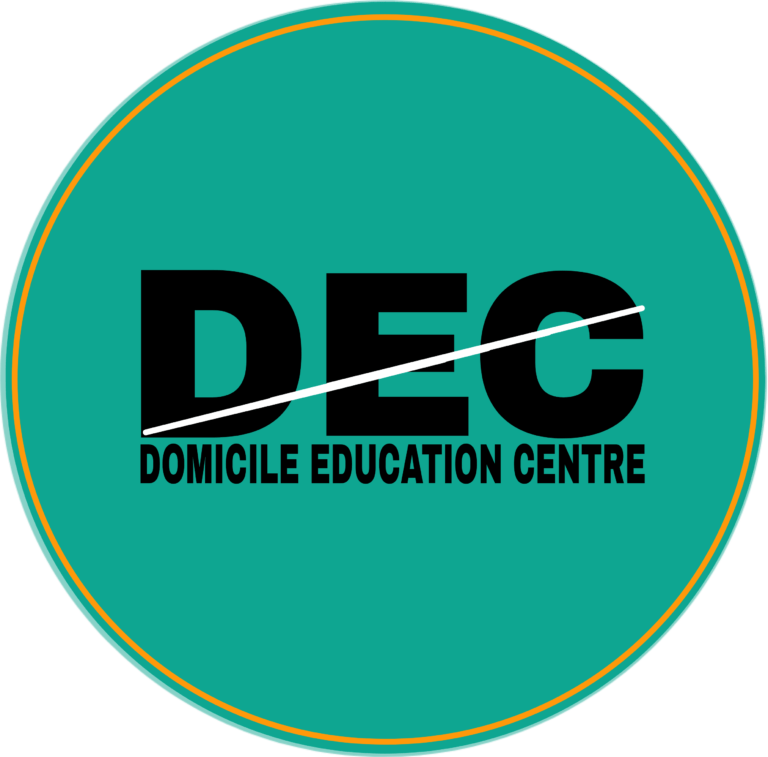
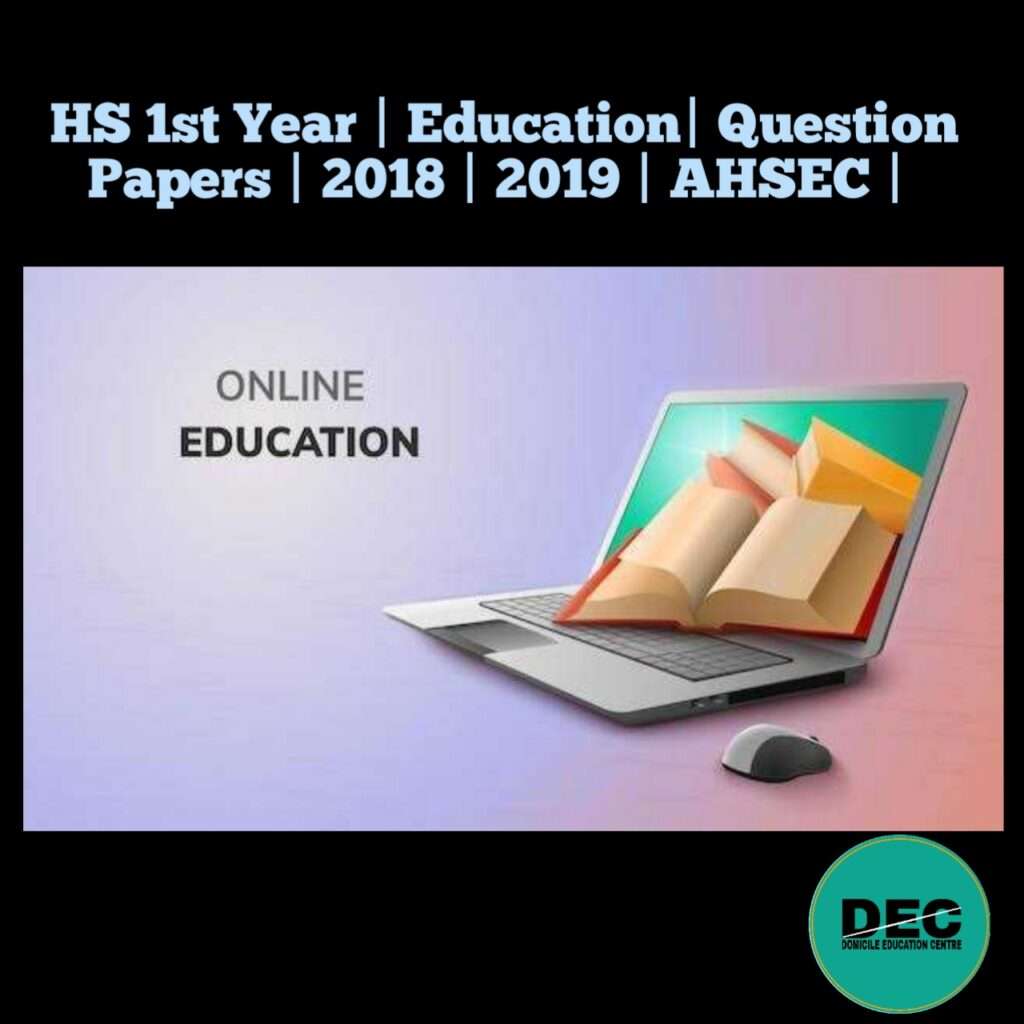
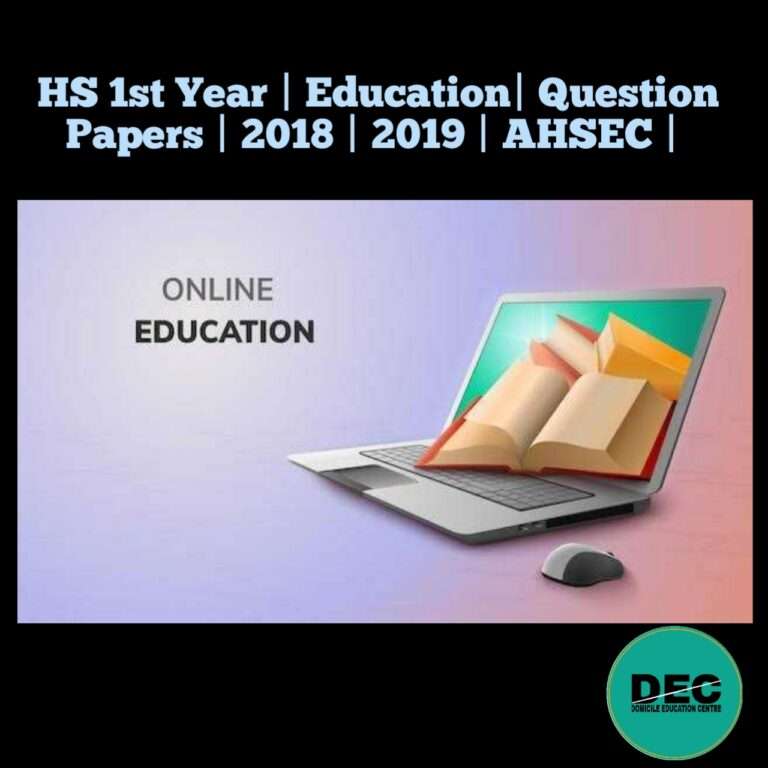
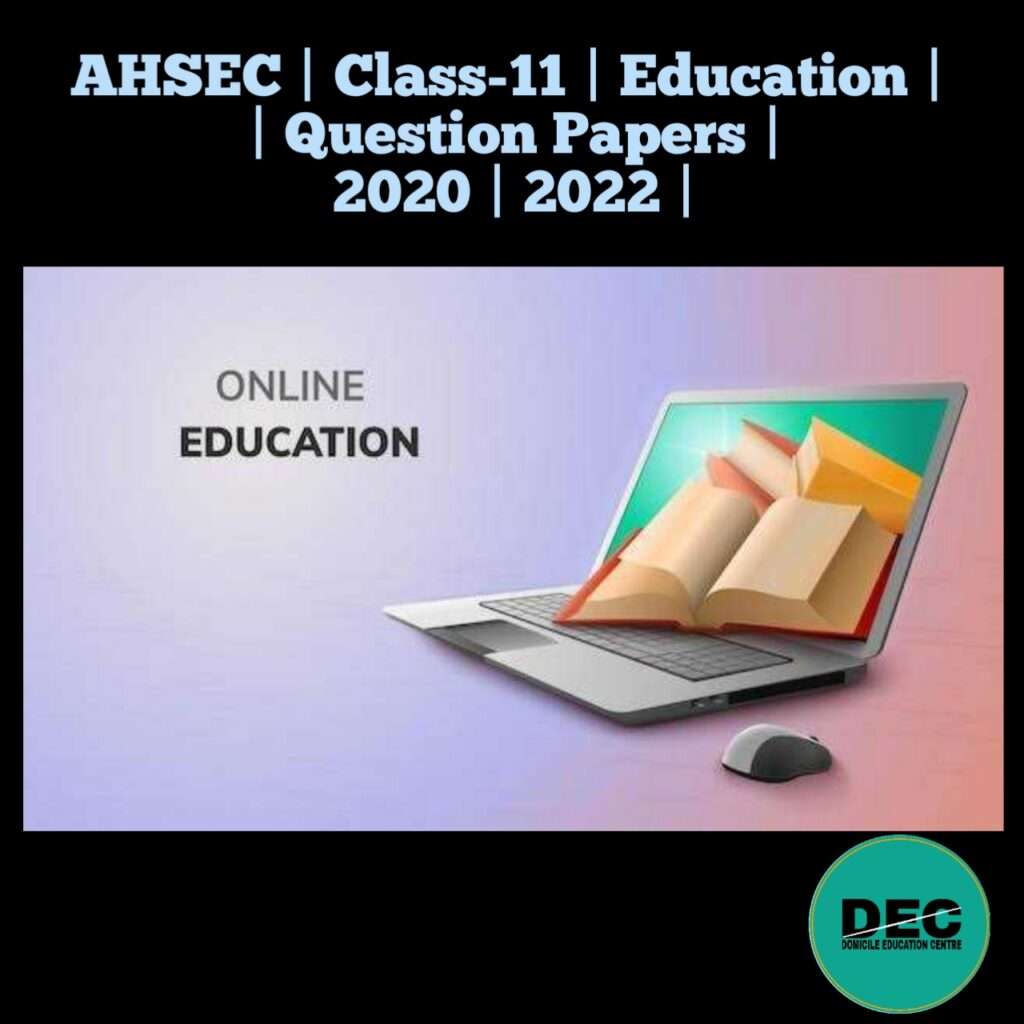

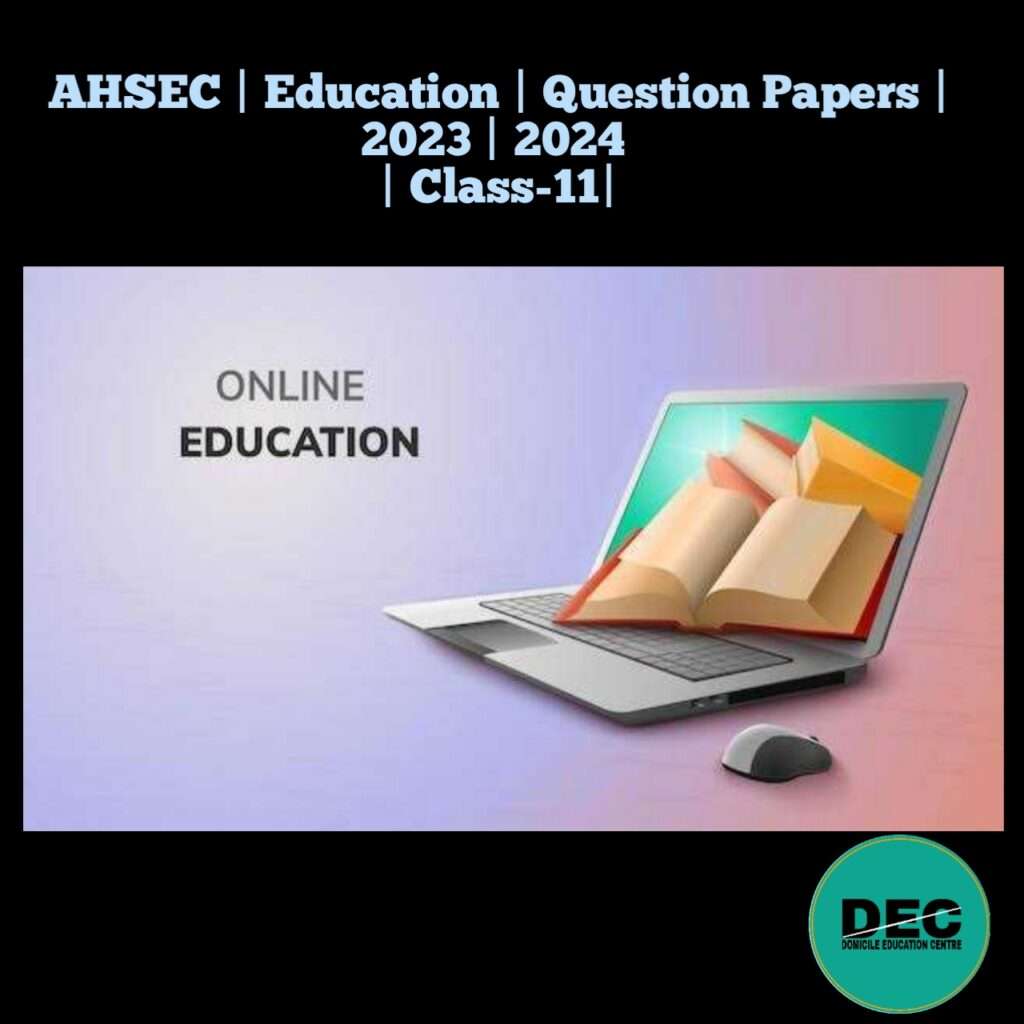
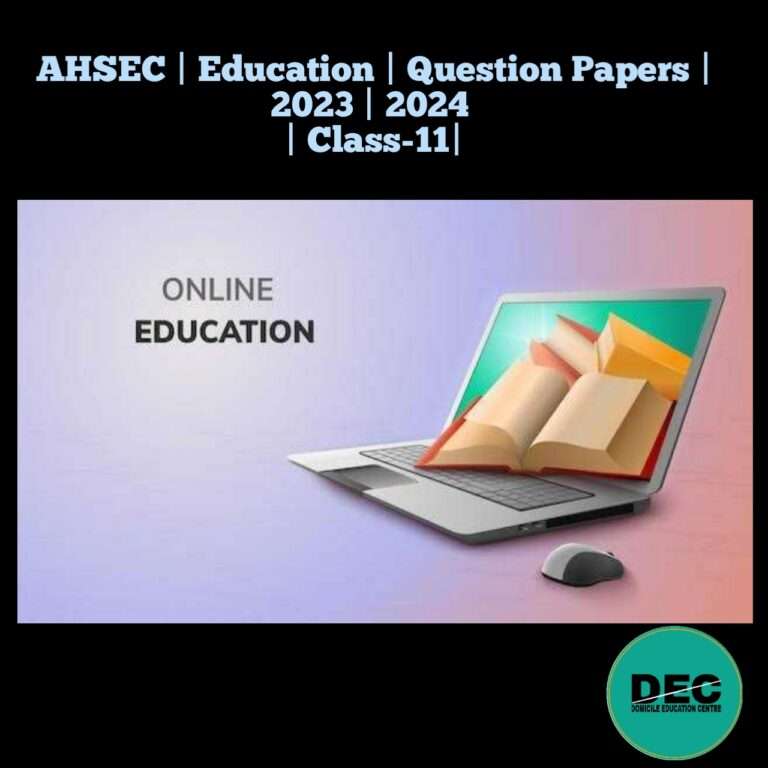
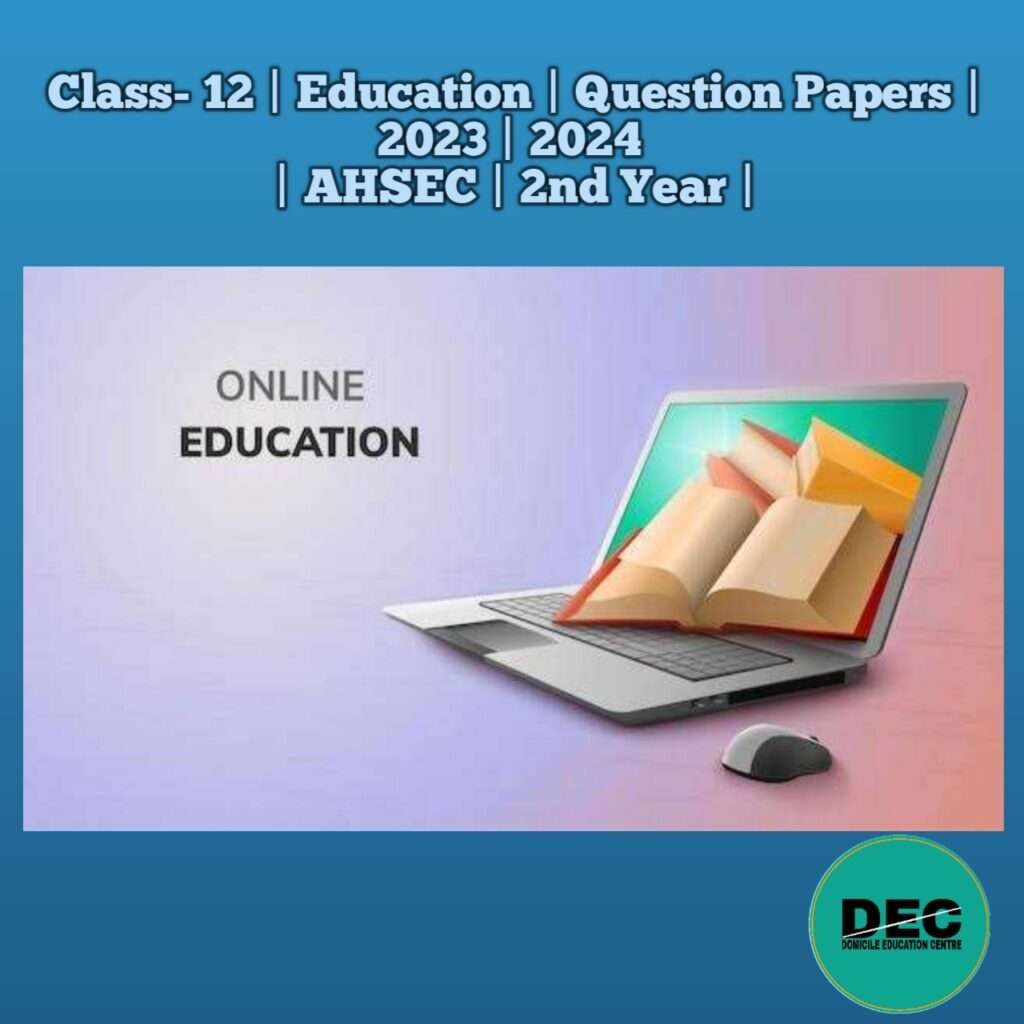
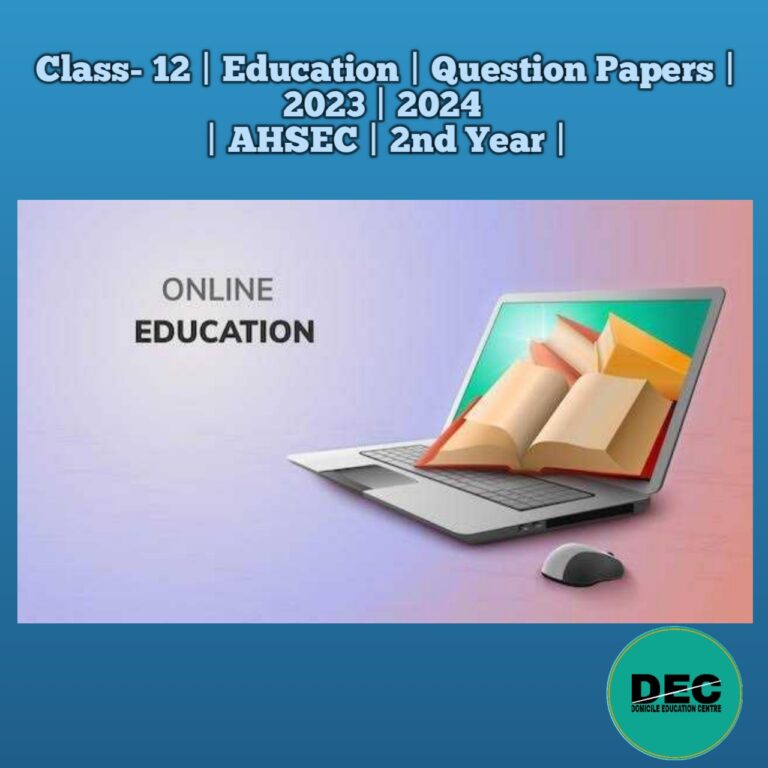
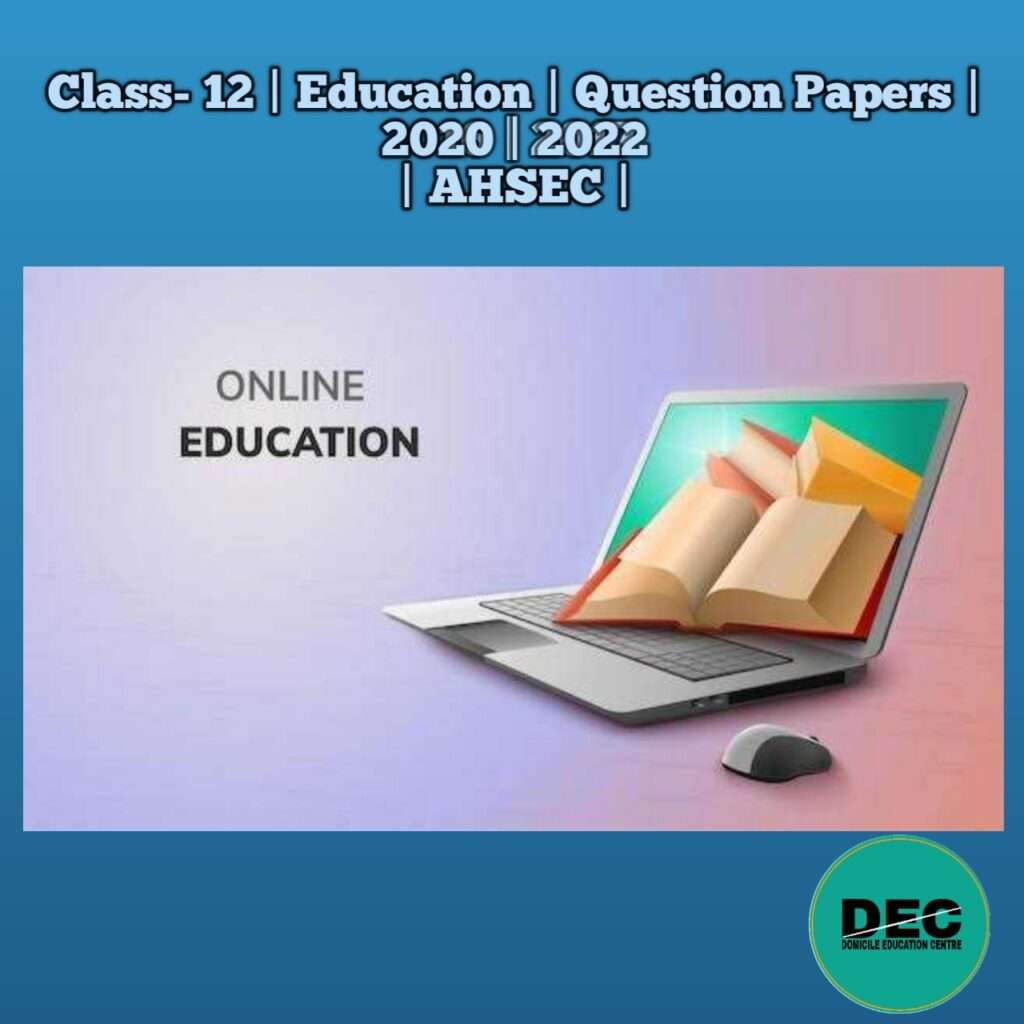
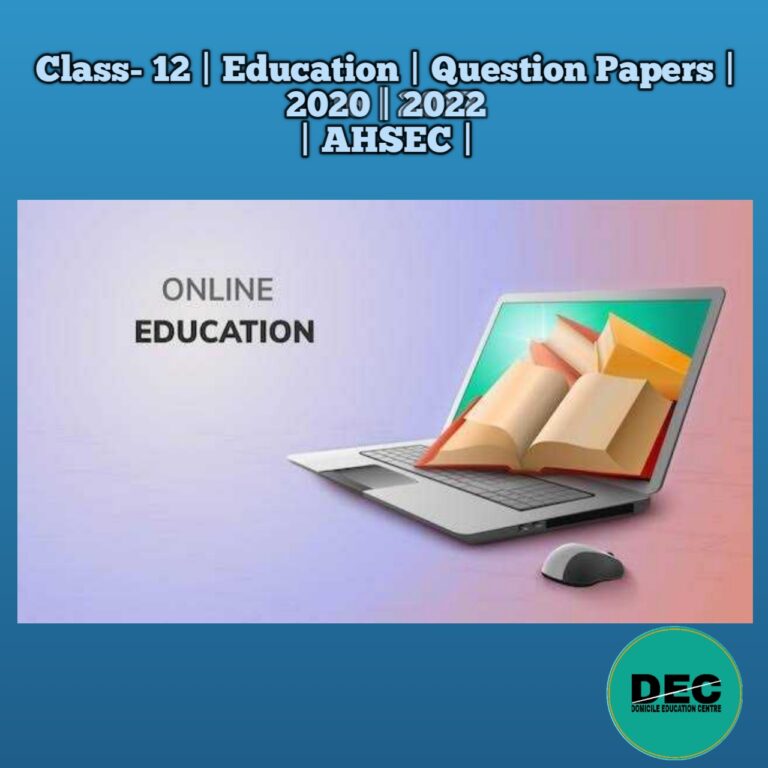
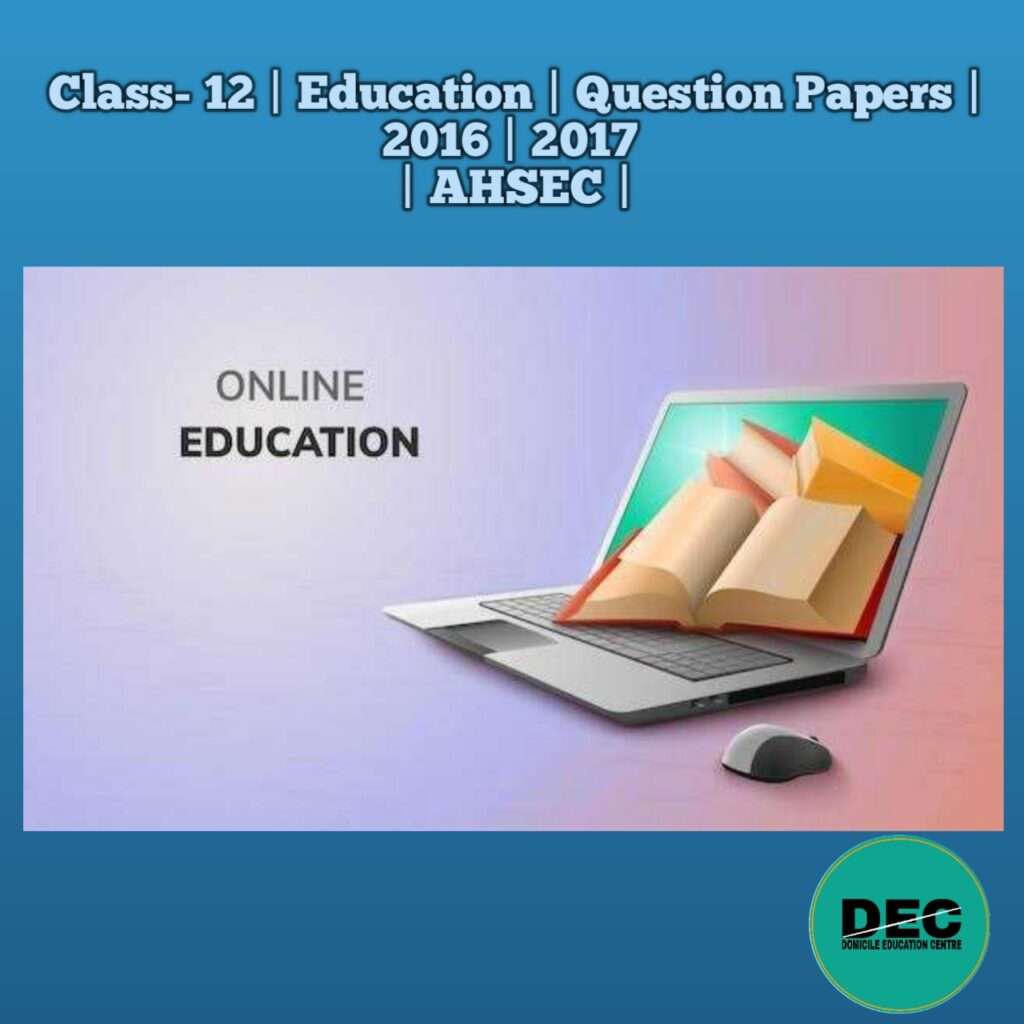



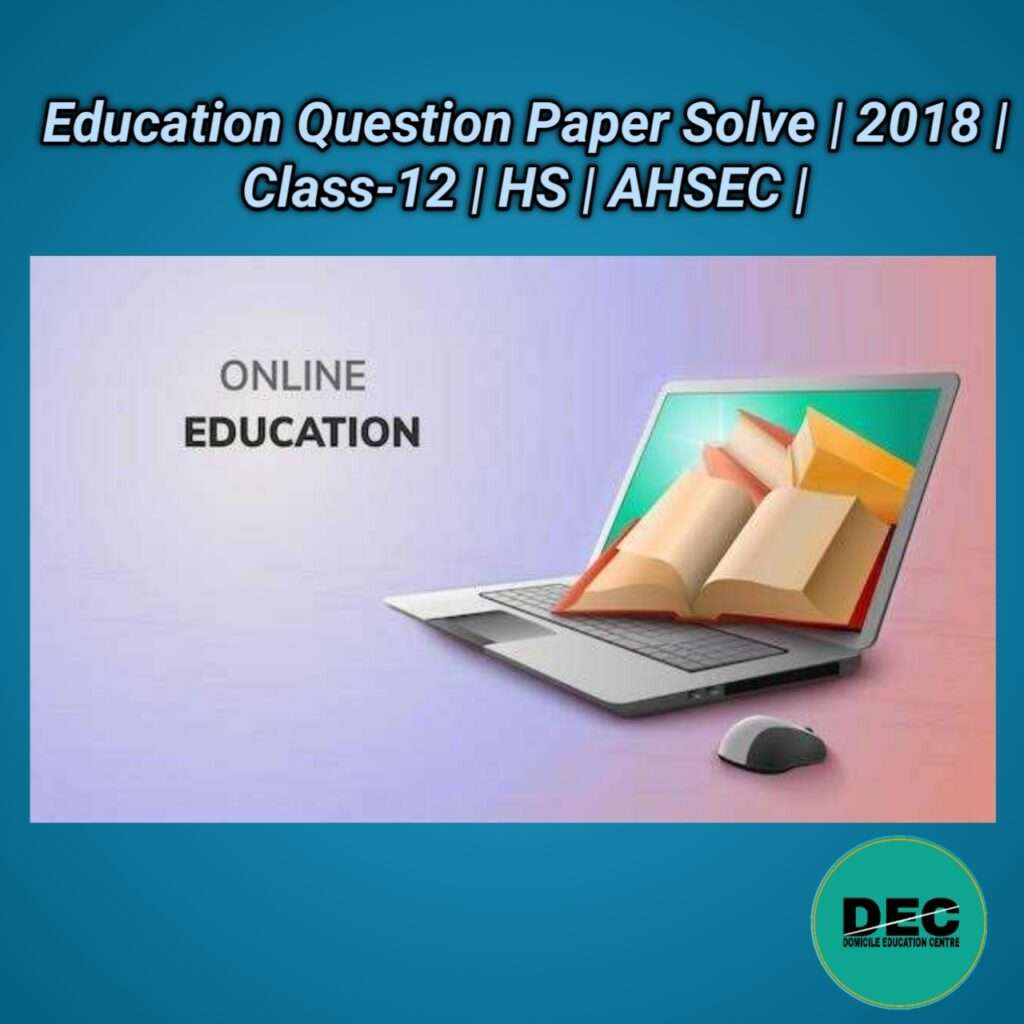
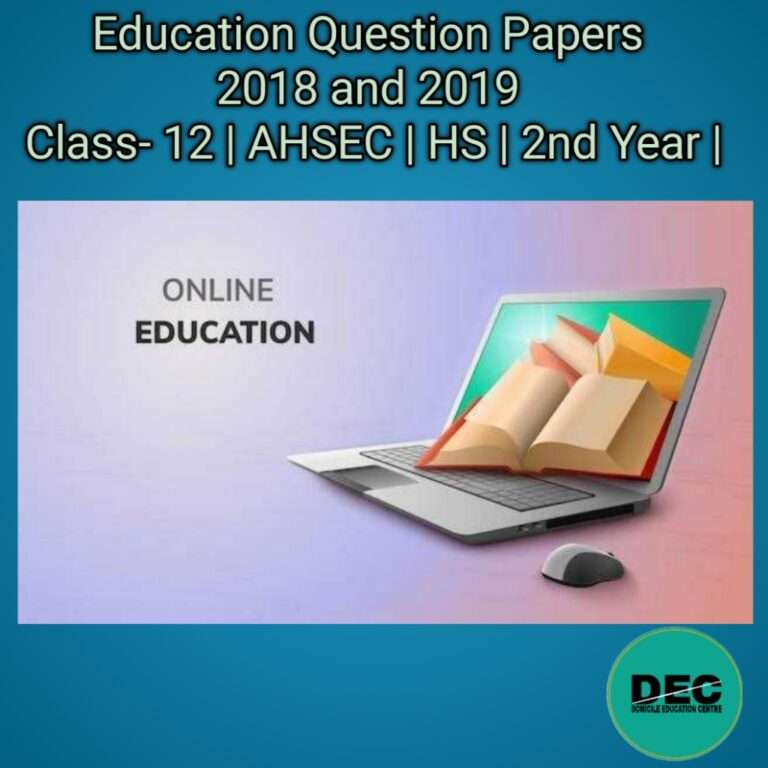
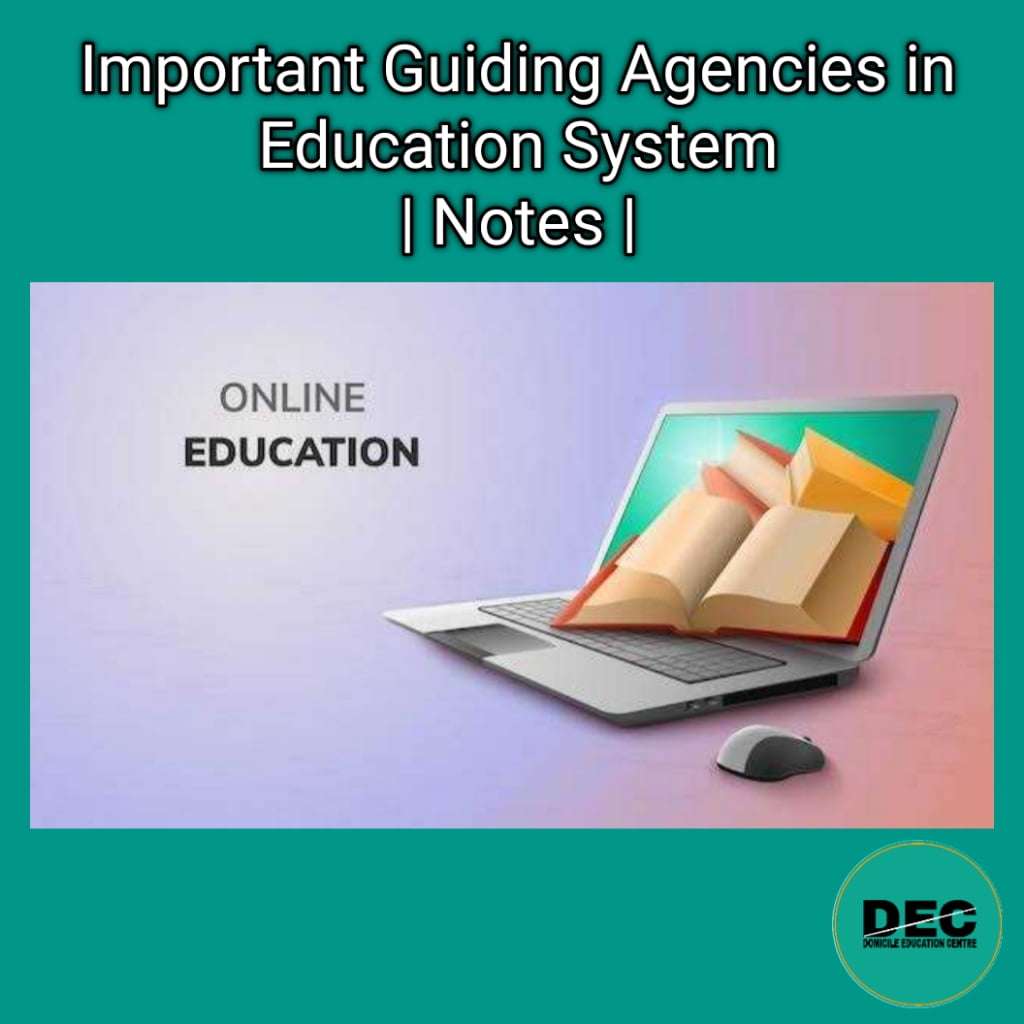
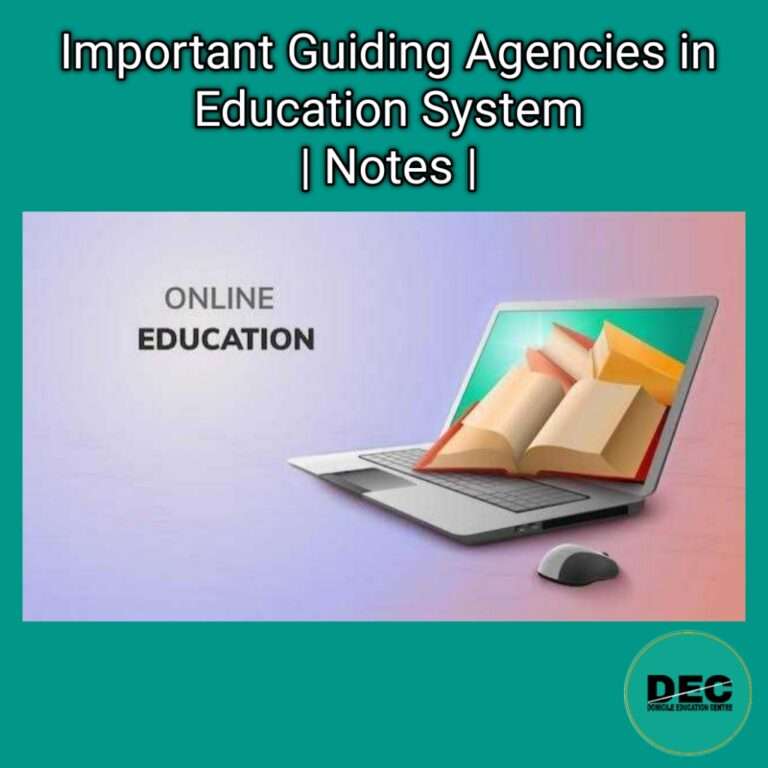
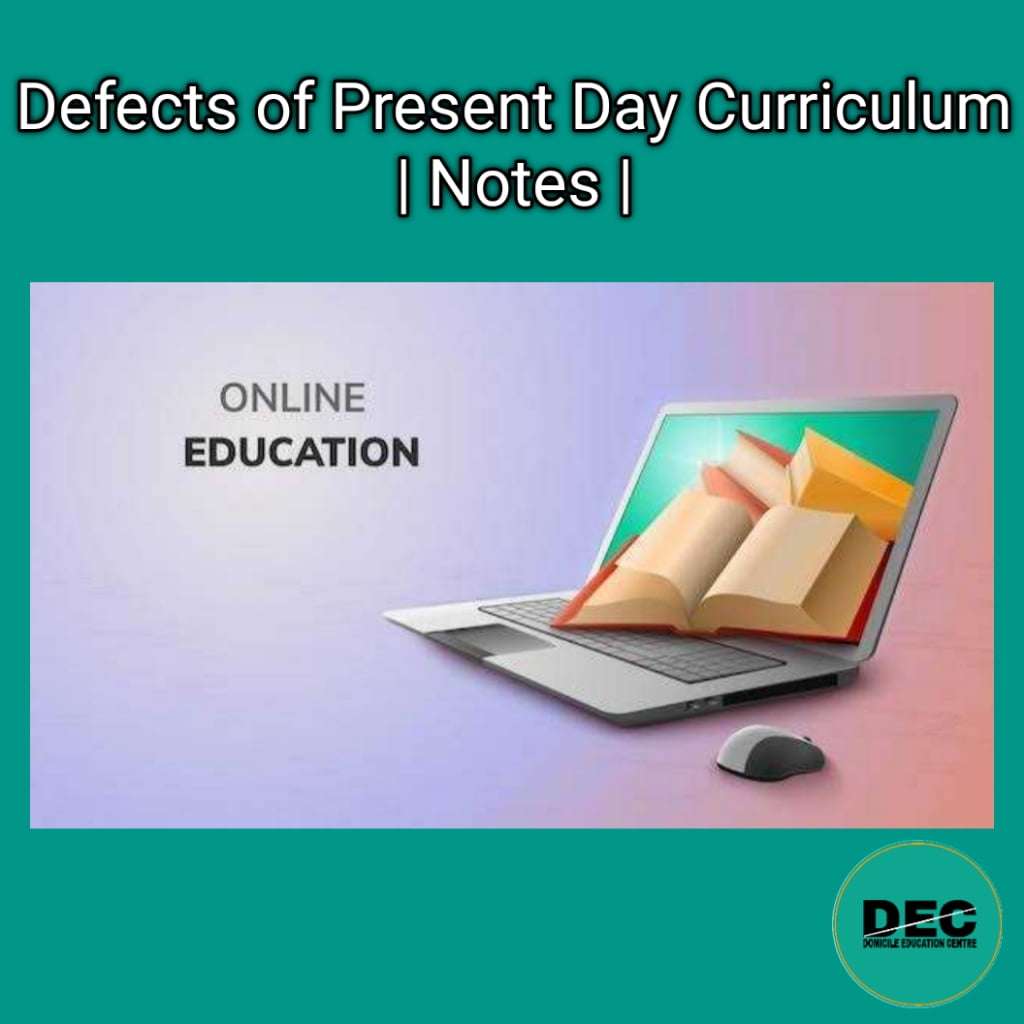
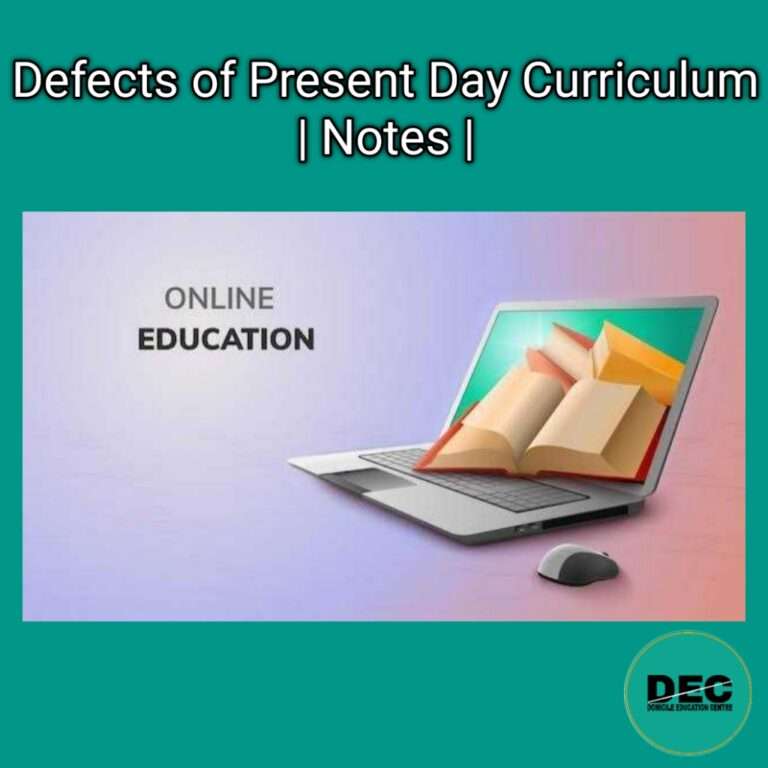
Recent Comments